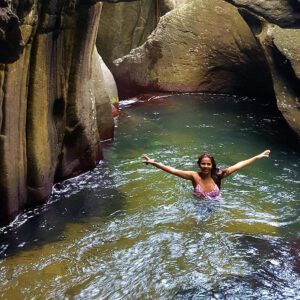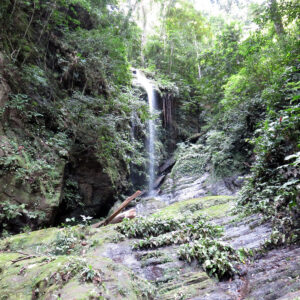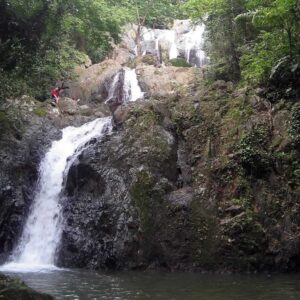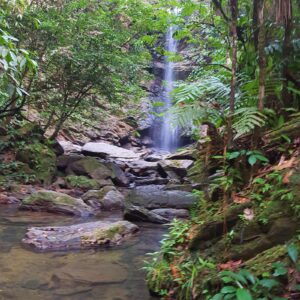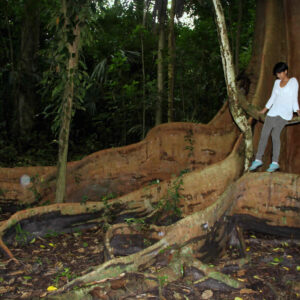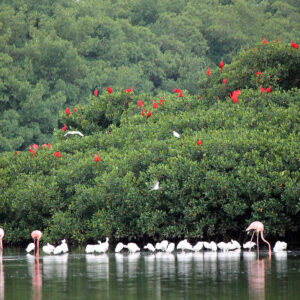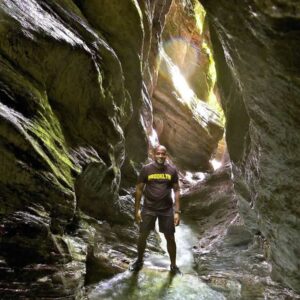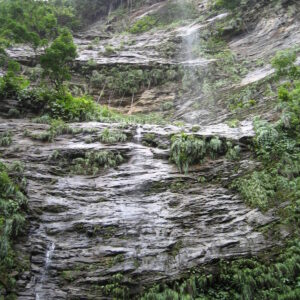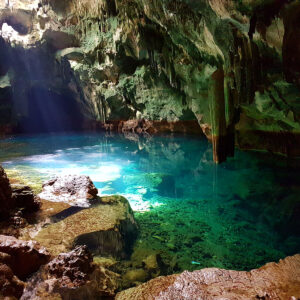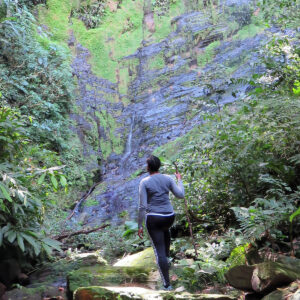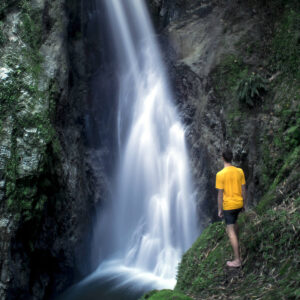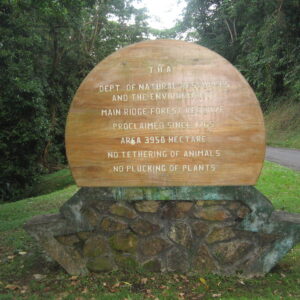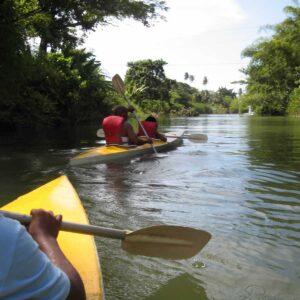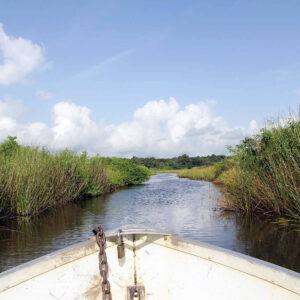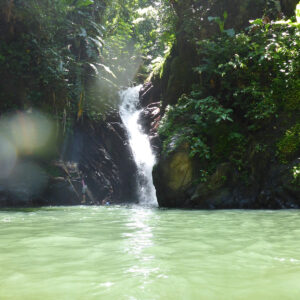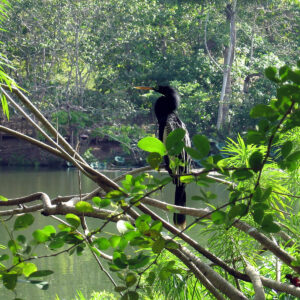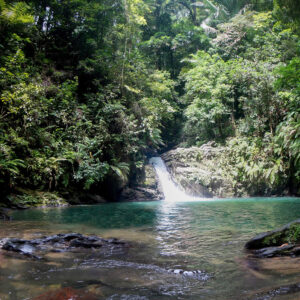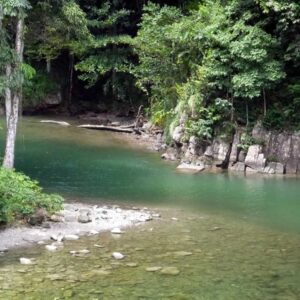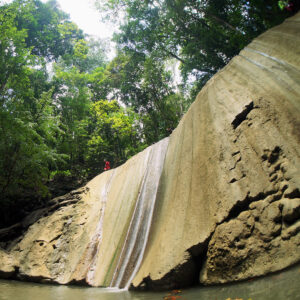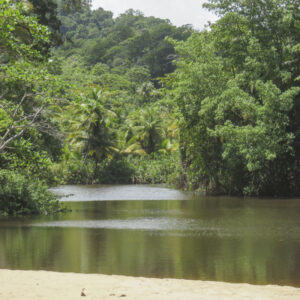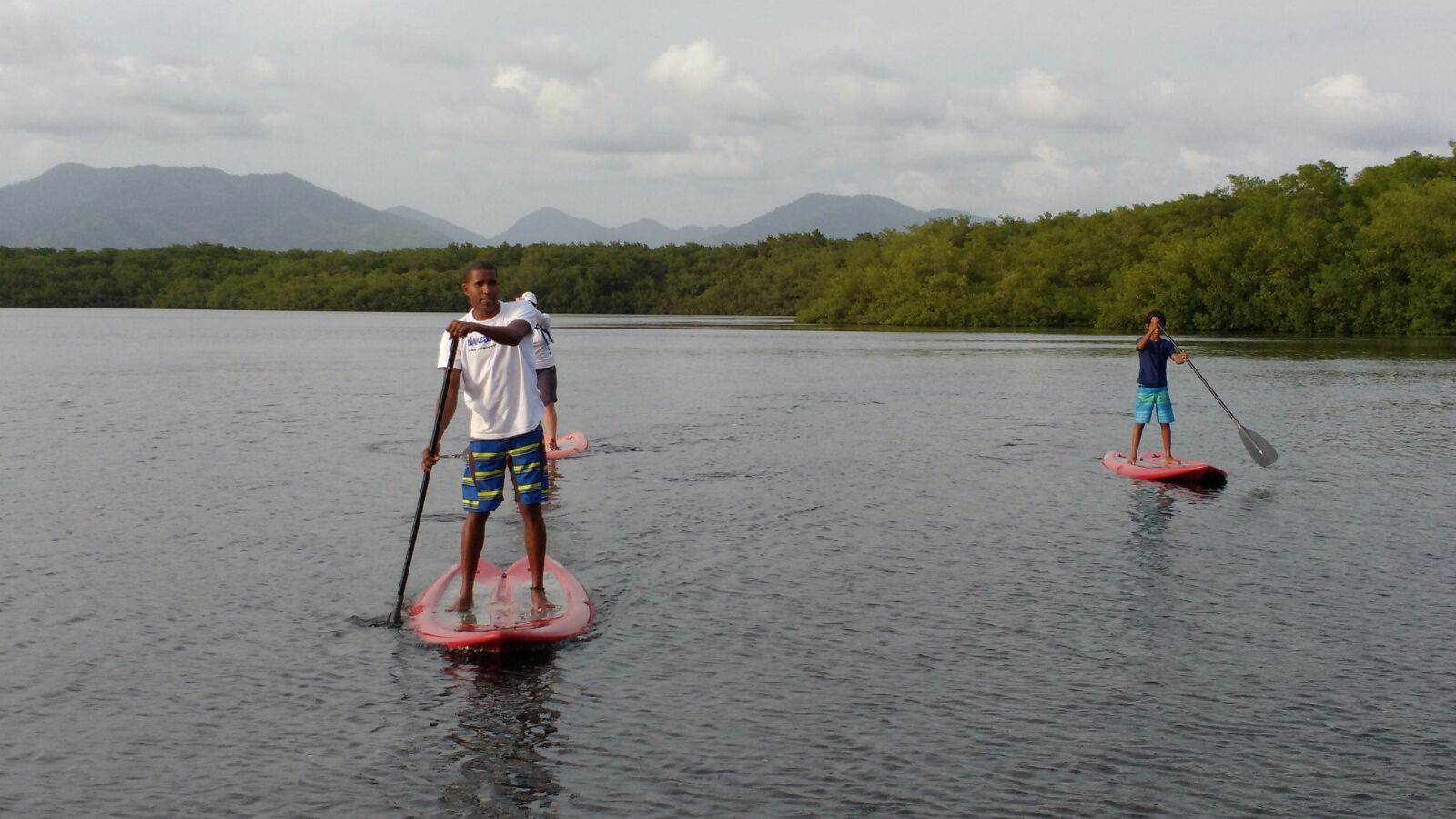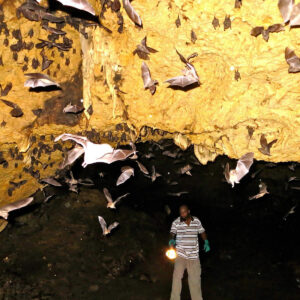Eco-Adventure
Both Trinidad and Tobago are a nature lover’s dream come true. The proximity to South America has influenced the types of flora and fauna that abound on both islands and which remains unmatched in the Caribbean. There are 2,500 species of plants; 433 species of birds; 100 mammals; 37 amphibians and 93 reptiles including marine turtles. Trinidad is one of the world’s most important sites for leatherback nesting so you should plan your trips to coincide with the nesting season locally referred to as Turtle Watching. These gentle prehistoric giants emerge from the ocean depths between the months of March and October to lay their eggs on the very beaches they were hatched on! Trinidad’s North East communities of Grande Riviere and Matura and Tobago’s Leeward coast are the areas where this phenomenon happens each year. In almost every community there are tour operators offering packages to witness to this spectacular occurrence. Since turtle watching happens only at night it is highly recommended that visitors seek Accommodation at a nearby guest house or Bed and Breakfast.
There are 2,500 species of plants; 433 species of birds; 100 mammals; 37 amphibians and 93 reptiles including marine turtles
Any eco trip to Trinidad would be incomplete without a visit to the Caroni and Nariva Swamps. Caroni, in Central Trinidad, is a large mangrove swamp that is home to the Scarlet Ibis, one of the two national birds (the other is the Cocrico, a native Tobago species). Nariva, situated in the South East part of Trinidad, is the country’s largest freshwater marsh and is home to a number of birds including parrots, macaws, caimans, anacondas, boa constrictors and even manatees. Nariva has been named a protected wetland under the Ramsar Convention, which is an international treaty for the conservation and sustainable utilisation of wetlands. It’s best to visit the swamps in the first half of the year as the wet season, from June to December, usually means swollen river banks and flooding of the water courses.
Trinidad possesses another natural wonder – the Pitch Lake. Our Pitch Lake is the world’s largest and is located in La Brea (Spanish for pitch) in South Trinidad. The Devil’s Woodyard Mud Volcano is another marvel in South Trinidad. Here you can see the eruption of watery mud or clay as it is being pushed to the surface by methane gas. There are a number of mud volcanoes scattered throughout South Trinidad including Point Radix, Erin, Piparo, Palo Seco, Poole and Chatham.
Eco adventures (21)
